Mapperley Tunnel and Gedling Colliery
Mapperley Tunnel is a disused railway tunnel that runs below Mapperley Plains, where it meets Arnold Lane and Gedling Road.
This 1044 metre tunnel was built for the Derbyshire and Staffordshire Extension of the Great Northern Railway. This line ran from Colwick Junction in Nottingham to Egginton Junction in South Derbyshire. A tunnel was necessary to avoid attempting to get the railway over the ridge of Mapperley Plains.
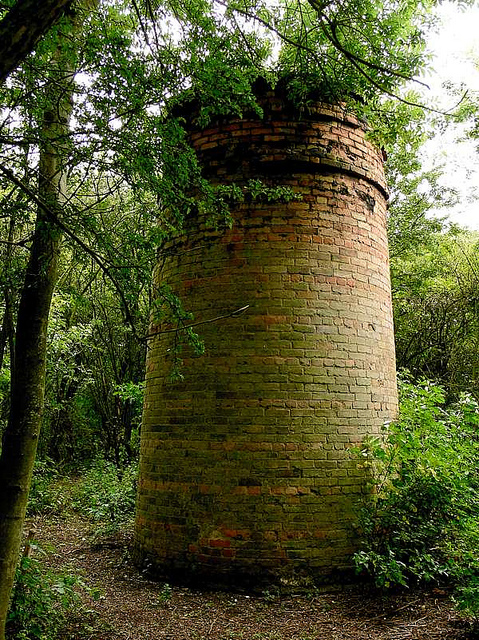
The tunnel had four air-shafts constructed along it.
These had brick towers at ground level that were given the nickname of ‘pepper pots’.
Gedling Colliery
The tunnel was in use by 1875 and when Gedling Colliery opened in 1899, a railway spur was added, connecting it to the Great Northern Railway line, allowing coal to be transported on the railways.
It is well documented that when deep coal mining arrived in 1839, it allowed for the industrial revolution to gather pace. The coal was required by the iron and steel industry, which in turn produced the steam-trains and ships to move people and goods around.
Gedling Colliery started to produce coal from 1902 and this continued until 8 November 1991, when the colliery closed. At its peak after the second world war, it employed over 2,000 people and produced over a million tonnes of coal per year. It became known as the “Pit of Nations” because of the diversity of the miners, drawn from over 15 different countries.
The colliery was originally owned by the Digby Colliery Company who merged with Bestwood Company to become Bestwood Amalgamated Collieries Ltd. Nationalisation in 1947 turned it into the National Coal Board South Nottinghamshire Area from 1967.
Roof Collapse
It is ironic that mining subsidence caused a section of the tunnel’s roof to collapse in January 1925. A 12m section collapsed, blocking the line with approximately 150 tons of rubble. The tunnel was repaired, but further subsidence resulted in speed restrictions and it was finally closed on 4 April 1960. The western portal (Arnold entrance) of the tunnel was filled in with earth but the eastern portal (Gedling entrance) whilst on private land, is still accessible.

The tunnel is clear as far as the second air shaft (at the Pepper Pots Scout facility).
Beyond the second air shaft the tunnel has been filled with earth. The tunnel portal is on private property, and permission should be sought from the owner before entering. A large quantity of rubbish has been thrown down the second air shaft, creating an unstable pile in the tunnel which may collapse in the future, causing injury to anyone present.
Dangerous Work
During the 90 years the pit was operating 130 miners lost their lives. We also know of at least one death that occurred during the construction of Mapperley Tunnel.
Local historian Bob Massey provided us with the details.
Accidents were frequent in the early days as the railways were being built. Mapperley tunnel was no exception as it experienced a series of accidents starting with its construction in 1874.
The workers were known as navvys. The word ‘navvy’ came from the ‘navigators’ who built the first navigation canals in the 18th century and the name continued to be used for rail and road workers,
In that same year, Charles Daniels (an experienced navvy) was engaged in building one of the four air shafts known as pepper pots. This work was carried out 24hrs a day by two shifts of workmen. Daniels was working at shaft number 2.
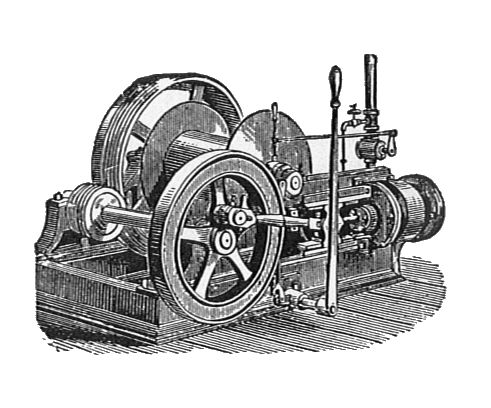
The earth was drawn up these shafts in tubs via a single steel cable operated by a stationary steam engine.
Workmen as well as material and spoil were sent up and down in this bucket in a similar way to the early mine shafts. The engine was controlled by two engine drivers James Walker and John Wilson, each taking a turn at working the machinery.
On the 22nd February Charles Daniels was descending in the bucket to start his shift as he had done many times before. As it descended the bucket suddenly fell down the shaft, striking the bottom with great force. Daniels was thrown out and died virtually immediately from the injuries he sustained. He was 41 years of age and a single man.
This image was taken in 2016 and is the view looking up through air-shaft number 1 to daylight above.
The air-shaft in which Charles Daniels died is now full of unstable rubbish.
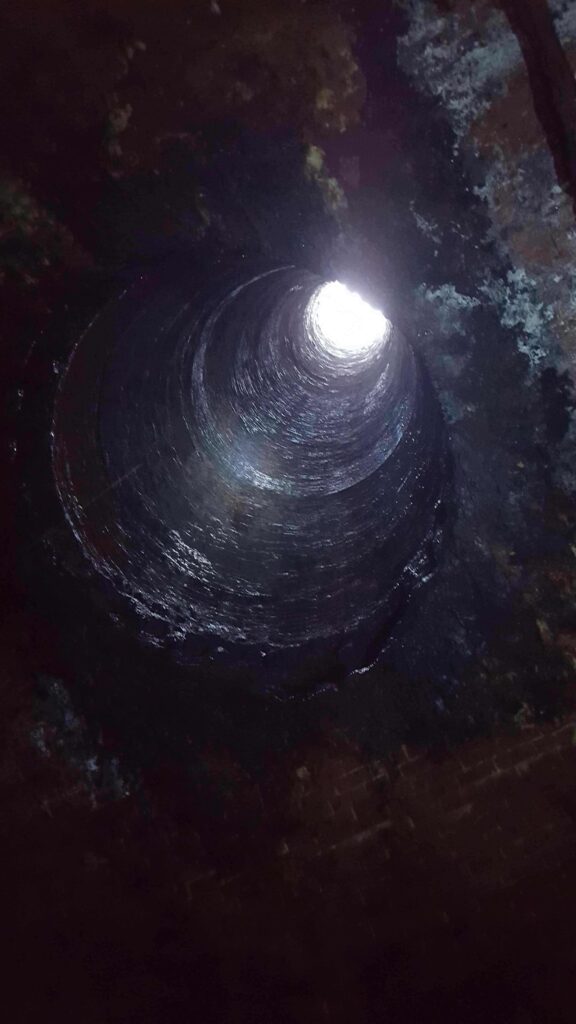
Coroners Inquest
The inquest was held at The Cross Keys Inn at Arnold on the same day.
Expert witnesses were called to explain the method of operation and safety of the equipment. The two engine men, the foreman, fitters and clerk of works were also called to give evidence on the procedures and operation of the bucket and engine as well as the condition of the items involved.
After much deliberation the jury found Daniels was accidentally killed but that the utmost precautions must, in future, be used in the operation of this equipment.
Charles Daniels’ funeral was conducted by the Rev Truman of St Mary’s Church Arnold and he was buried in the churchyard.
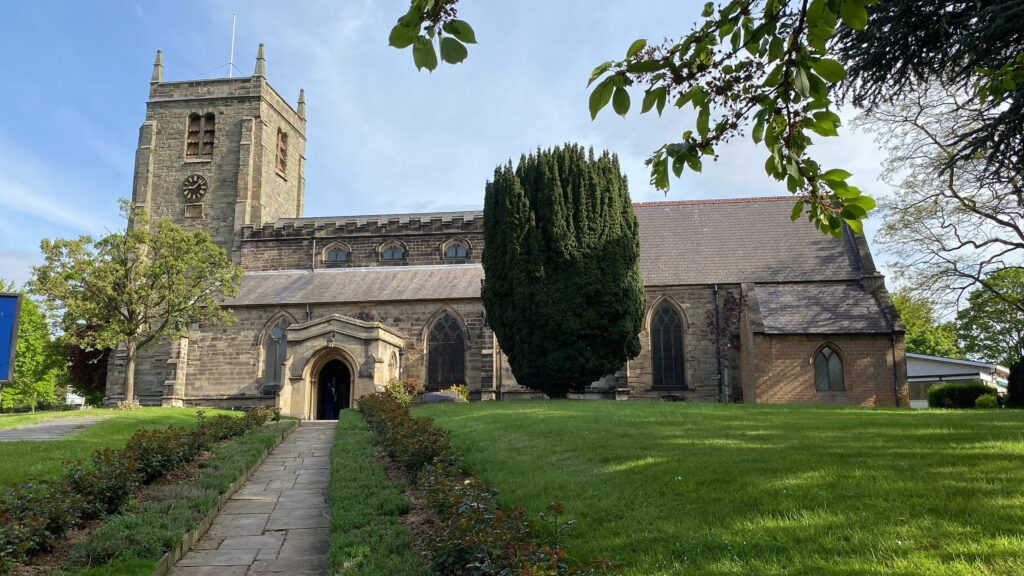

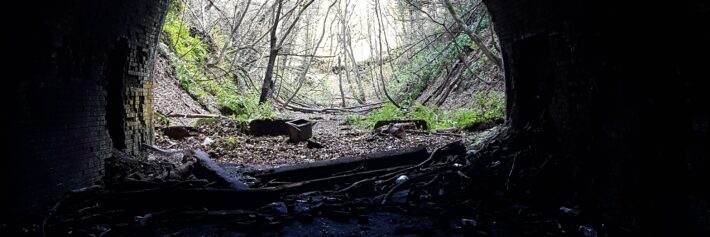
Ian MacPherson
I remember walking through the tunnel as the “rite of passage” that we all had to endure as young lads growing up in the area in the early 1970s. As I recall it, the tunnel has a curve in it so that the open ends are out of sight and the centre section is very dark – much too dark for our poor torch. Under the air shafts there were mounds of half-unseen mud and rubbish to climb over.
Scary!